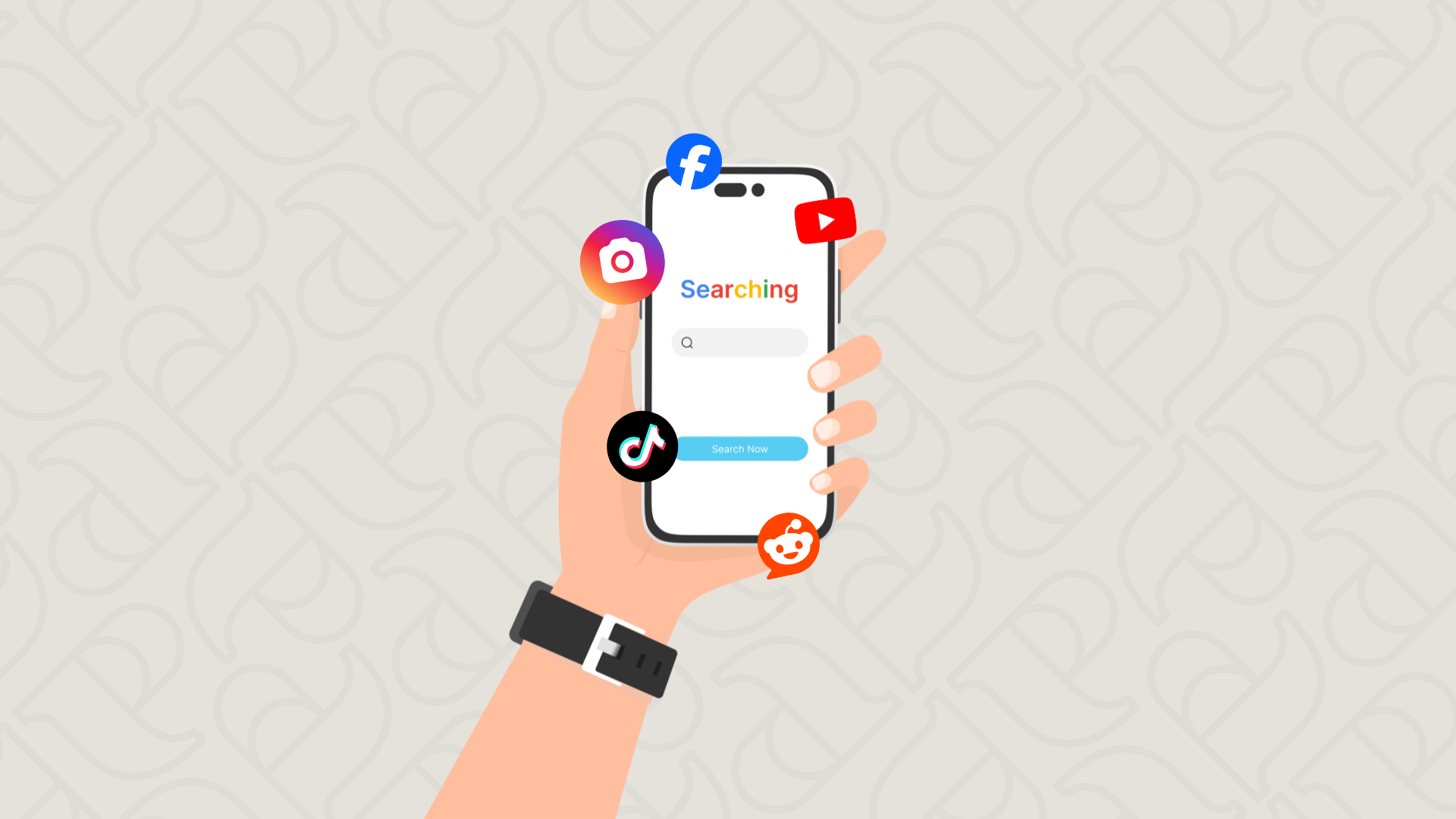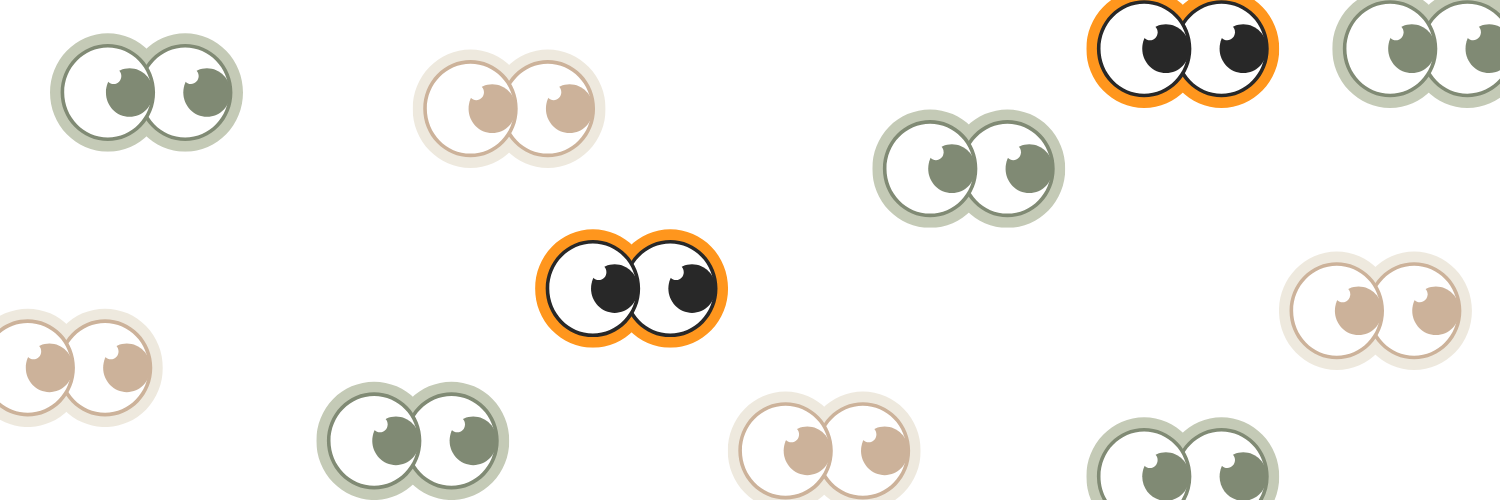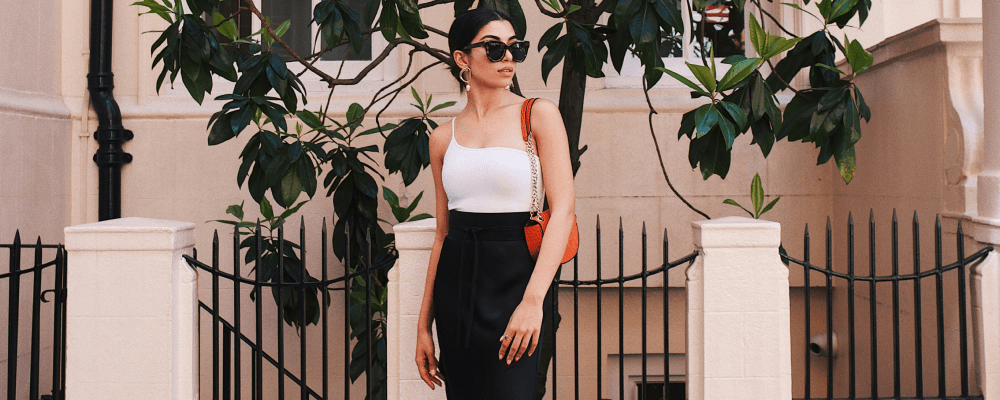5 Lessons from Campaigns That Went Viral This Summer
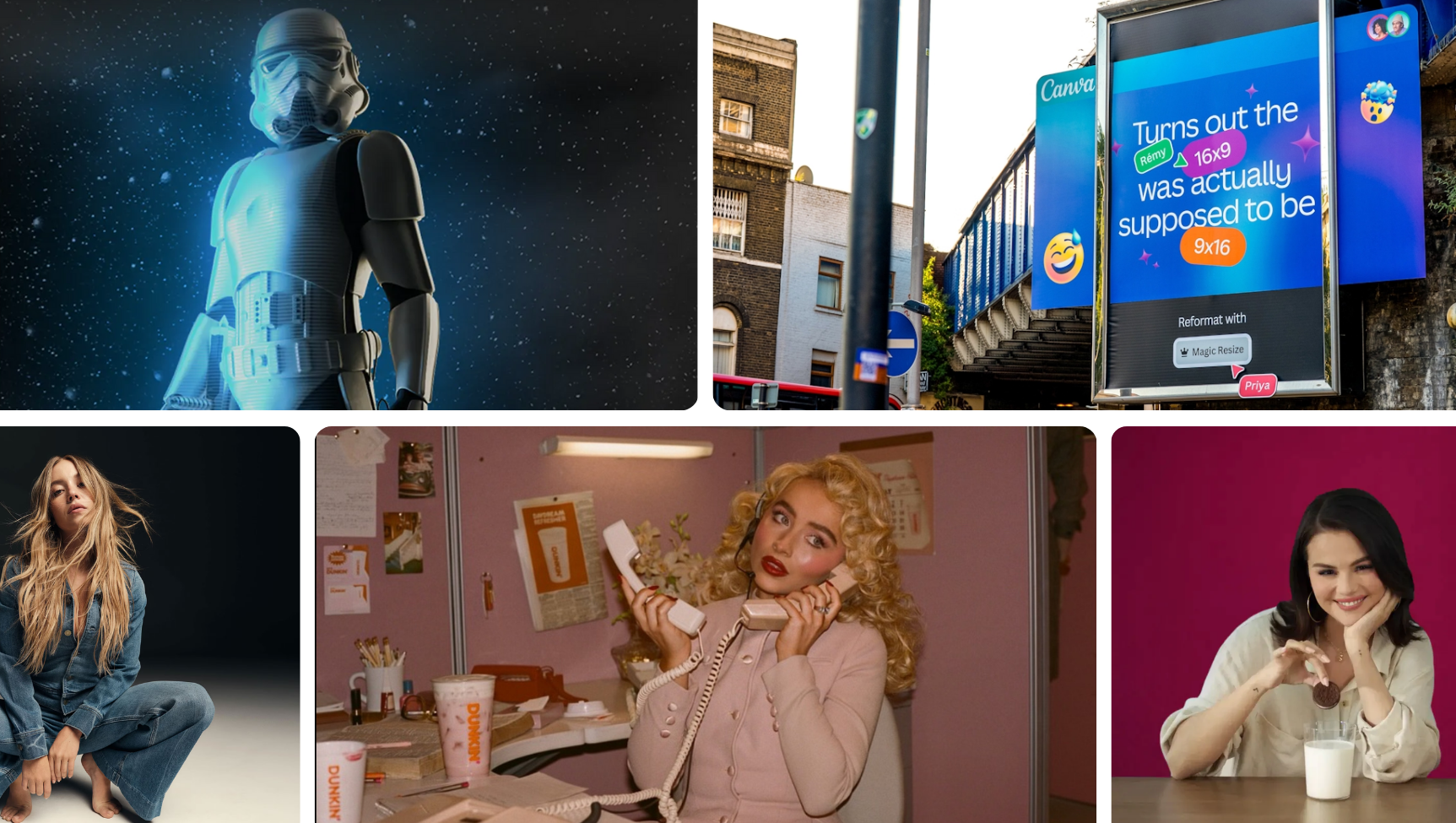
Did your boss just ask you to “make it go viral” again? *internalised groaning* We’ve all been there. Virality sounds like the ultimate marketing win: one post, millions of eyeballs, job done. Except… not really. Going viral isn’t a strategy, it’s usually a happy accident that happens when clever planning, sharp creative and a bit of luck all collide.
The thing is, in 2025, viral success is about way more than racking up likes or follower counts. The real wins come from sparking conversations, building proper communities and creating impact that lasts longer than the first hype wave. A flashy post can boost visibility, sure, but lasting brand love is built on consistency, value and personality.
This summer proved how much the rules of virality have changed. Likes and reach aren’t enough anymore. Platforms are rewarding authentic interactions, and audiences want content that feels human and worth sharing. The question isn’t “how many saw it” but “how many actually cared enough to join in?”
The good news? While you can’t force virality, you can absolutely stack the deck in your favour. This summer, a handful of brands nailed it - turning quick-fire buzz into campaigns with real staying power. Here are five standouts from Summer 2025, plus the lessons you can steal for your next brief (and yes, maybe even impress your boss).
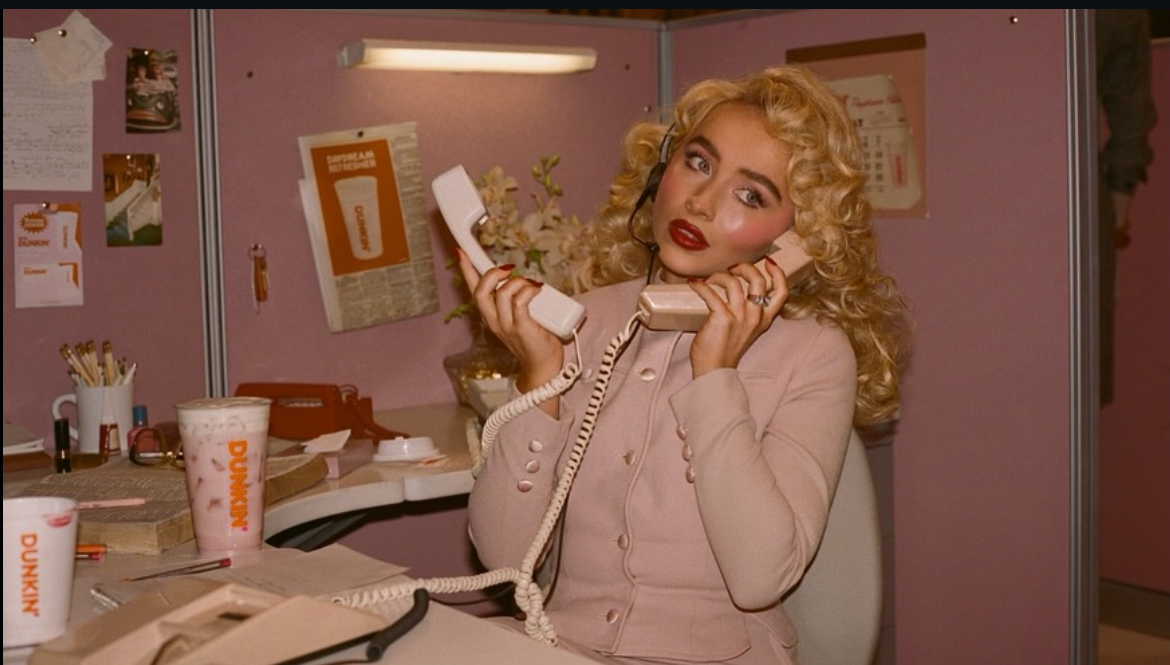
1. Dunkin’ x Sabrina Carpenter: Strawberry Daydream Hotline
What They Did
In June 2025, Dunkin’ teamed up with pop star Sabrina Carpenter to launch their new Strawberry Daydream Refresher. The centrepiece was a pastel‑tinted short film where Sabrina played a retro hotline operator, cheekily recommending the drink as the ultimate summer escape. The whole thing was dripping with Nadia Lee Cohen’s dreamy visuals, quirky humour and, of course, nods to Sabrina’s hit single Espresso.
Why It Worked
This campaign was a masterclass in cultural alignment and humour. It perfectly blended Sabrina’s witty persona with Dunkin’s fun, slightly irreverent tone, creating an “inside joke” atmosphere that clicked instantly with her Gen Z fans. It felt authentic, not like a forced endorsement, which is exactly why it spread so naturally.
On top of that, Dunkin’ positioned itself as the fun, affordable option, a playful alternative to Starbucks, which resonated with a generation that values wit and relatability over exclusivity. The campaign was also built to be social‑first, with short, snackable clips optimised for TikTok, Instagram Reels and X, making it irresistible to share.
How They Played Their Channels
- Influencer: Sabrina was the star, fully embodying a character‑driven role that showcased the drink through her personality. She also made her own playful promo content, which kept it genuine.
- Organic: The “organic‑first” approach paid off, with 8.2 million TikTok views in just 48 hours and 4,500 new social followers in the first day.
- Paid: Paid media came later to boost momentum, but wasn’t the core driver - the buzz was already there.
- UGC: The playful, inside‑joke energy encouraged fans to riff on it, adding their own content and amplifying the campaign further.
Why We Loved It
The “Daydream Hotline” was fresh, funny and visually stunning. It captured the carefree vibe of summer and proved that clever, culturally relevant creative can outperform campaigns with way bigger budgets. Dunkin’ showed that a brand willing to take creative risks (and have a laugh with its audience) can steal the spotlight.
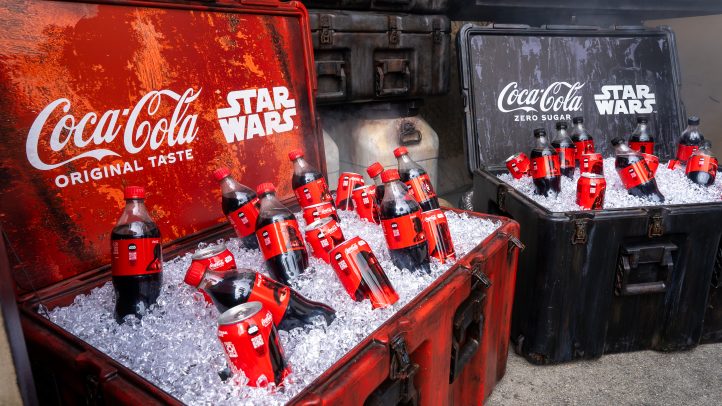
2. Coca-Cola x Disney: Refresh Your Galaxy
What They Did
In July 2025, Coca‑Cola teamed up with Disney to celebrate their 70‑year partnership by leaning all the way into the Star Wars fandom. They launched 30 collectible cans and bottles featuring fan‑favourite characters and added a clever twist: scan a QR code on the packaging or an OOH ad, and you could record and share your own Star Wars‑style hologram message. To top it off, a cinematic spot set in a movie theatre reminded fans of the communal joy of the franchise.
Why It Worked
- Fandom‑first: this wasn’t just another licensing deal — it felt like a love letter to Star Wars fans.
- Immersive AR: the hologram feature transformed a can of Coke into an interactive toy, deepening emotional connection and making it instantly shareable.
- Treasure hunt vibes: with 30 unique designs, including ultra‑rare park exclusives, fans scrambled to collect and show off their finds.
- Physical + digital blend: scannable packaging bridged retail shelves with social storytelling.
How They Played Their Channels
- Influencer: journalists and creators got exclusive previews at Disneyland, seeding buzz. Big names and smaller fans alike (like @ryanthesidekick) shared their AR experiences online.
- Organic: fan communities took over, swapping, showing off and hyping their collections without needing prompts.
- Paid: a cinematic ad racked up 4.1 million views and OOH placements doubled as scannable AR activators.
- UGC: the hologram tool was built to spark UGC, turning everyday Coke drinkers into content creators.
Why We Loved It
This was a masterclass in how to use beloved IP without cheapening it. Coke turned a fizzy drink into a Star Wars experience, proving that when brands respect fandoms and offer authentic, imaginative tools, they get paid back with passion, loyalty and endless organic content. A campaign that genuinely lived up to the “real magic” tagline.
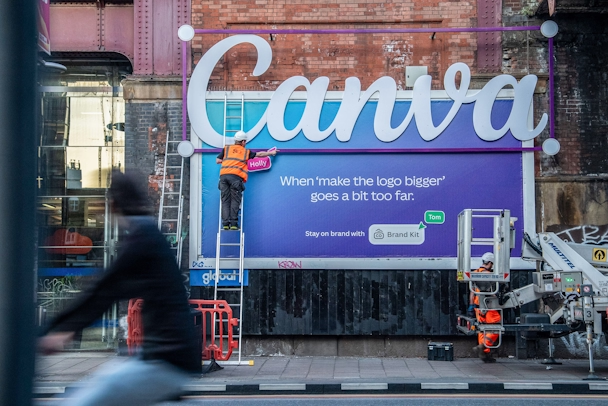
3. Canva: "Make the Logo Bigger"
What They Did
In June 2025, Canva took over London’s Waterloo Station with an out‑of‑home campaign that turned designer frustrations into giant punchlines. Think: a billboard where the Canva logo literally burst out of the frame to mock the age‑old client request “can you make the logo bigger?” Another crammed a landscape design awkwardly into a portrait space. And one had an actual bicycle stuck onto the poster to show off Canva’s “drag and drop almost anything” feature.
Why It Worked
- Relatable humour: every designer has had those moments — Canva just said the quiet part out loud.
- Human SaaS vibes: instead of boring feature demos, it felt like the brand was laughing with its audience.
- Built for selfies: the billboards were eye‑catching, surprising and practically begging to be shared online.
- Physical to digital: commuters snapped photos, posted them, and suddenly a train station ad was buzzing worldwide.
How They Played Their Channels
- Influencer: none needed. The audience itself (designers, marketers, random commuters) became the content creators.
- Organic: the humour made it compulsively shareable, fuelling conversation and earned media without paying for hype.
- Paid: the hero was OOH, backed up with digital extensions on LinkedIn and YouTube to keep the momentum rolling.
- UGC: designed like an interactive art gallery, the campaign turned everyone walking past into free brand ambassadors.
Why We Loved It
This was B2B marketing, but fun. Canva proved that even a software brand can go viral if it’s witty, self‑aware and willing to poke fun at the industry. It didn’t just advertise features - it created a moment, one that made designers feel seen and gave the rest of us something to laugh at too.

4. American Eagle: "Sydney Sweeney Has Great Jeans"
What They Did
In July 2025, American Eagle rolled out their Fall ‘25 collection with a campaign fronted by Sydney Sweeney. On the surface, it was classic denim nostalgia: Sydney in an Americana setting, fixing cars and cruising in AE jeans. But the hook was cheeky wordplay: “Sydney Sweeney Has Great Jeans.”
Cue the viral moment: a video of Sydney literally crossing out “Genes” on a billboard and scribbling in “Jeans.” Another teaser clip went further, she deadpanned, “Genes are passed down from parents to offspring… my jeans are blue,” as the camera zoomed in on her (very blue) eyes. Alongside the tongue-in-cheek ads, AE dropped “The Sydney Jean,” a butterfly-detailed limited edition with all proceeds going to Crisis Text Line, a mental health non-profit.
The campaign has been everywhere - 3D billboards in Times Square, an AI try-on tool, and even a Snapchat lens where Sydney popped up to interact with users.
Why It Worked (and Why It Blew Up)
- Bold wordplay: The “genes vs jeans” gag guaranteed attention.
- Mega-influencer magic: Sydney Sweeney has serious star power and “main character” energy Gen Z can’t get enough of.
- Cross-channel strategy: from 3D OOH to AR filters, AE pushed it everywhere.
- Charity tie-in: the denim drop raised funds for mental health support.
But here’s the twist - the campaign also stirred major backlash. Critics accused the slogan of flirting with eugenics and glorifying Sydney’s blonde, blue-eyed, slim look as an “ideal.” American Eagle insisted it was only ever about the jeans, not genetics, but the internet was split. Some slammed it as tone-deaf; others defended it as cheeky wordplay blown out of proportion. Either way, everyone was talking.
How They Played Their Channels
- Influencer: Sydney Sweeney front and centre, with her stylist Molly Dickson curating her denim looks.
- Organic: The controversy itself fuelled TikTok, Threads and X debates -free publicity galore.
- Paid: Big spend on 3D billboards, Instagram, Snapchat and more.
- UGC: While not a set challenge, users jumped in with hot takes, memes and virtual try-ons.
Applause Please (or Not)
This one was notable because it shows the fine line between clever provocation and culture war lightning rod. The campaign achieved exactly what AE wanted in terms of visibility, but whether it turns into sales or just lingers as “that campaign that caused chaos” remains to be seen. It’s a reminder: risky marketing can win big, but it can also backfire hard.
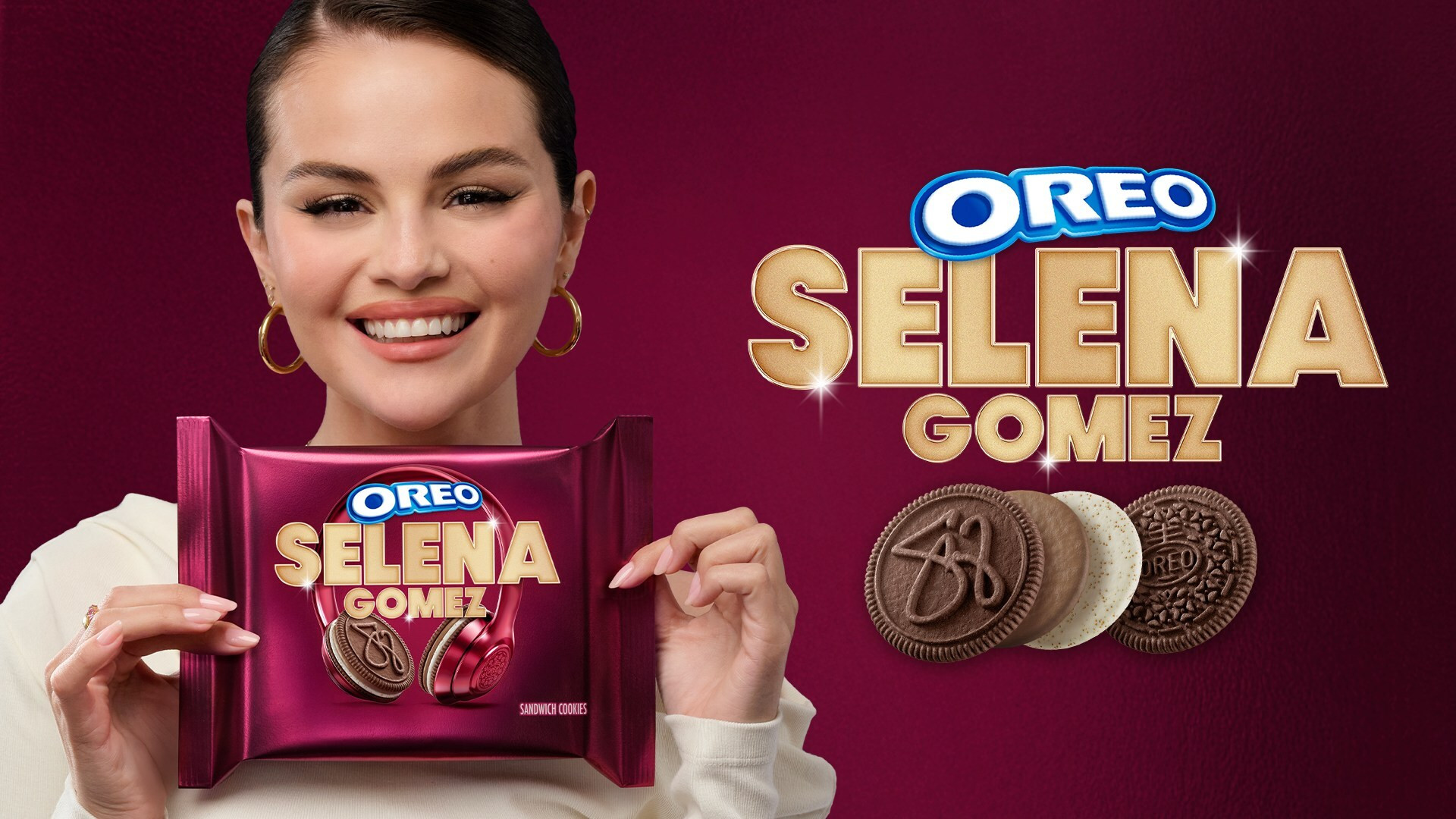
5. Oreo x Selena Gomez: "By Selena, for Selenators"
What They Did
Oreo dropped a horchata-flavoured cookie signed by none other than Selena Gomez. A limited drop designed around collectibility and fandom, it instantly became one of the most talked‑about launches of Summer 2025.
Why It Worked
- Star power: Selena’s fanbase is huge, loyal and famously vocal online. Putting her signature on the product instantly gave it credibility and reach.
- Scarcity factor: the limited run and autograph twist created instant FOMO, pushing fans to buy quickly and brag online.
- Emotional connection: Oreo + horchata (a comfort flavour) + Selena = a snack that felt personal and worth talking about.
- Beyond endorsement: this wasn’t just a celebrity holding a packet in an ad, it was true co-creation, which deepened fan excitement and kept the conversation buzzing.
How They Played Their Channels
- Influencer: Selena herself, supported by her stylist and social circle, acted as the ultimate mega-influencer, effortlessly driving mass engagement.
- Organic: her fans did the heavy lifting, flooding TikTok, Threads and X with unboxings, memes and “look what I got” posts.
- Paid: Oreo went all-in across TV, digital and social, with $16.4m in TV spend and $10.1m in digital buys - racking up 1.5 billion impressions.
- UGC: the collectibility factor meant fans proudly shared their cookies (and their cookie hauls), giving Oreo endless user-generated content without even asking.
Why We Loved It
Sometimes the simplest ideas are the best. Pairing a nostalgic, beloved brand with a modern cultural icon turned Oreo from “just another biscuit” into a must-have collectible. It was clever, it was playful, and it showed that with the right partner, even the most everyday product can dominate social media.
Key Takeaways: 5 Lessons for Your Next Viral Campaign
Summer 2025 proved one thing loud and clear: going viral isn’t luck, it’s strategy disguised as fun. The campaigns that cut through weren’t just shouting the loudest — they were smart, creative, culturally tuned‑in and, crucially, authentic. Here’s what we learnt:
1. Authenticity is everything
Audiences can sniff out fake from a mile away. The campaigns that landed hardest felt true to the brand and the talent. Dunkin’ with Sabrina worked because it felt natural. Oreo with Selena worked because it was co‑created, not bolted on. On the flip side, American Eagle showed how easy it is to trip up if wordplay or creative choices don’t land the same way across cultures. Bottom line: be real, be thoughtful, and don’t lean on bland, AI‑ish filler. People want original, human‑driven content, not regurgitated noise.
2. Speak your audience’s language
If you know, you know. Inside jokes, niche humour, cultural nods - that’s the stuff that travels. Dunkin’ nailed the in‑joke energy. Canva poked fun at every designer’s nightmare. But a reminder: tread carefully. What feels cheeky to one crowd can read as tone‑deaf to another. Cultural sensitivity checks aren’t boring admin, they’re brand insurance.
3. Make it participatory
Fans don’t just want to watch; they want to play. Coca‑Cola’s Star Wars hologram tool turned drinkers into Jedi messengers. American Eagle’s AR try‑ons let people virtually step into the jeans (controversy aside). The measure of success now isn’t just reach — it’s community. How many people cared enough to get involved? That’s where the real magic happens.
4. Don’t be afraid of humour (or even a bit of weirdness)
Canva proved B2B can be funny. Dunkin’ showed playful works better than polished. In an endless scroll of AI‑polished content, sometimes being a little quirky, self‑aware or even “unhinged” is exactly what stops people mid‑scroll. But again, as American Eagle found out, know where the line is. Bold is brilliant; careless is costly.
5. Blend online and offline for bigger buzz
The best campaigns lived in both worlds. Coke’s scannable cans. Canva’s billboards that went viral on TikTok. Oreo’s limited‑edition drops that were both snack and social brag. Audiences expect smooth transitions between physical and digital. Create “phygital” moments, touchpoints that start in the real world but explode online.
Final Word
This summer’s viral hits weren’t random flukes. They were the result of cultural awareness, creative bravery and a willingness to let audiences in on the fun. Do that, and you’re not just chasing a one‑off viral moment - you’re building communities, sparking conversations and creating the kind of brand love that lasts.
Explore Our Latest Insights
Stay updated with our latest articles and resources.





Ready to elevate your marketing strategy?
Let’s add some spice to your next campaign 🌶️

